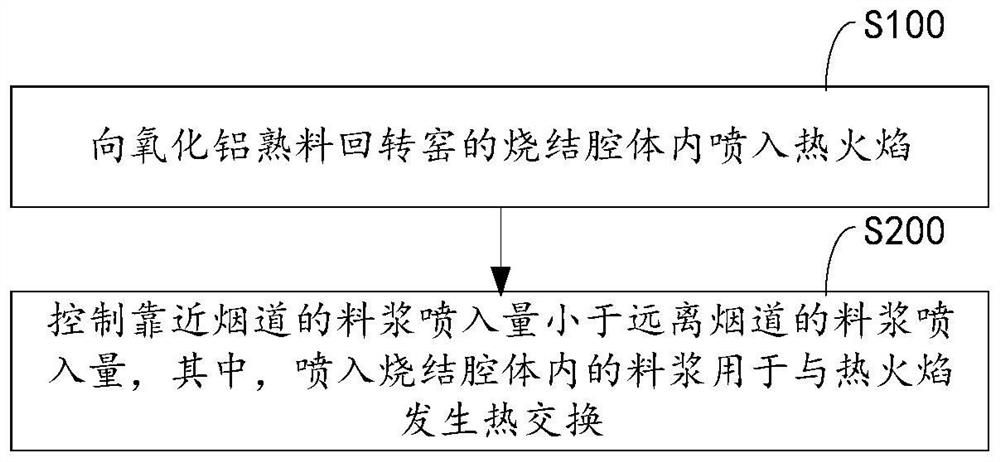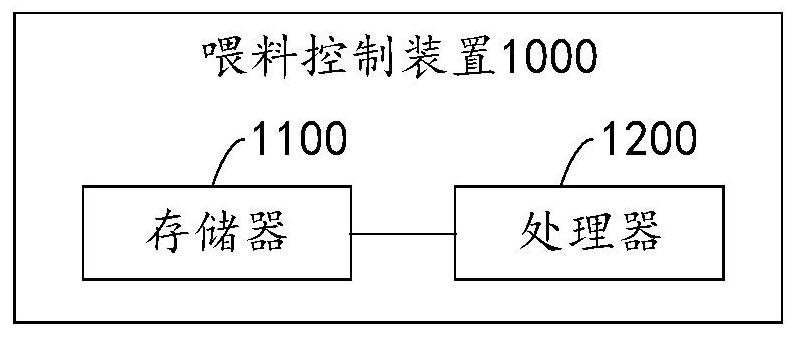Feeding method for sintering alumina clinker and related equipment
An alumina and clinker technology, which is applied in the field of material processing, can solve the problems of difficulty in reaching the standard of nitrogen oxides in the exhaust gas and low denitration efficiency of the exhaust gas, and achieve the effect of high denitration efficiency.
- Summary
- Abstract
- Description
- Claims
- Application Information
AI Technical Summary
Problems solved by technology
Method used
Image
Examples
Embodiment Construction
[0043] In order to better understand the technical solutions provided by the embodiments of the present specification, the technical solutions of the embodiments of the present specification will be described in detail below with reference to the accompanying drawings and specific embodiments. The detailed description of the technical solutions of the embodiments is not a limitation on the technical solutions of the present specification, and the embodiments of the present specification and the technical features in the embodiments may be combined with each other under the condition of no conflict.
[0044] In this document, relational terms such as first and second, etc. are used only to distinguish one entity or operation from another entity or operation, and do not necessarily require or imply any such existence between these entities or operations. The actual relationship or sequence. Moreover, the terms "comprising", "comprising" or any other variation thereof are intende...
PUM
 Login to View More
Login to View More Abstract
Description
Claims
Application Information
 Login to View More
Login to View More - R&D
- Intellectual Property
- Life Sciences
- Materials
- Tech Scout
- Unparalleled Data Quality
- Higher Quality Content
- 60% Fewer Hallucinations
Browse by: Latest US Patents, China's latest patents, Technical Efficacy Thesaurus, Application Domain, Technology Topic, Popular Technical Reports.
© 2025 PatSnap. All rights reserved.Legal|Privacy policy|Modern Slavery Act Transparency Statement|Sitemap|About US| Contact US: help@patsnap.com



